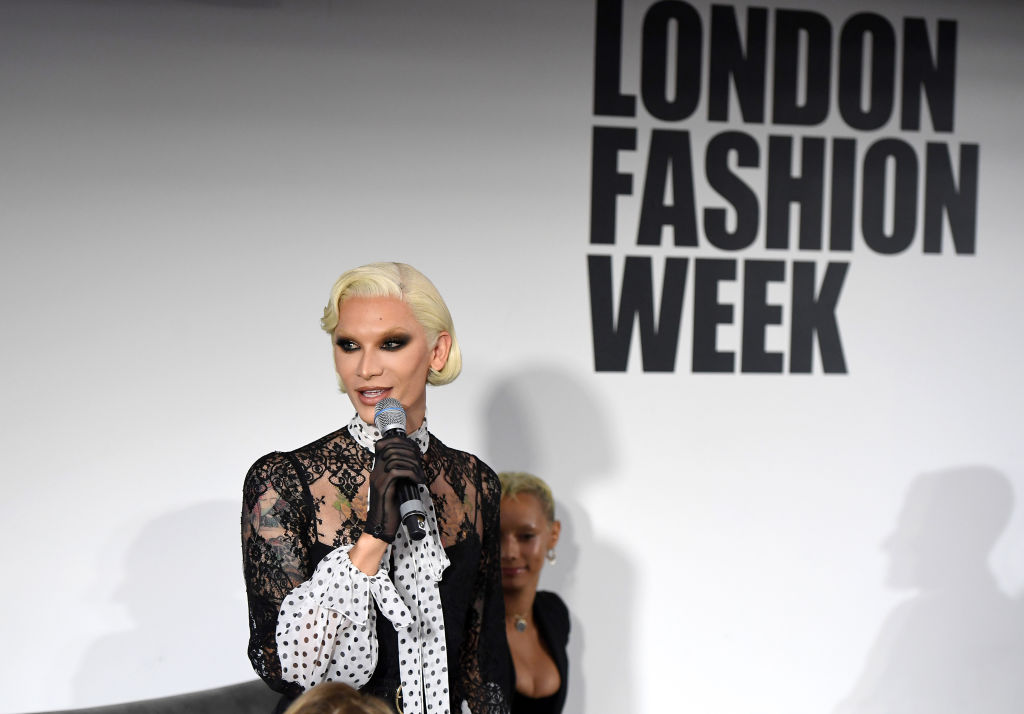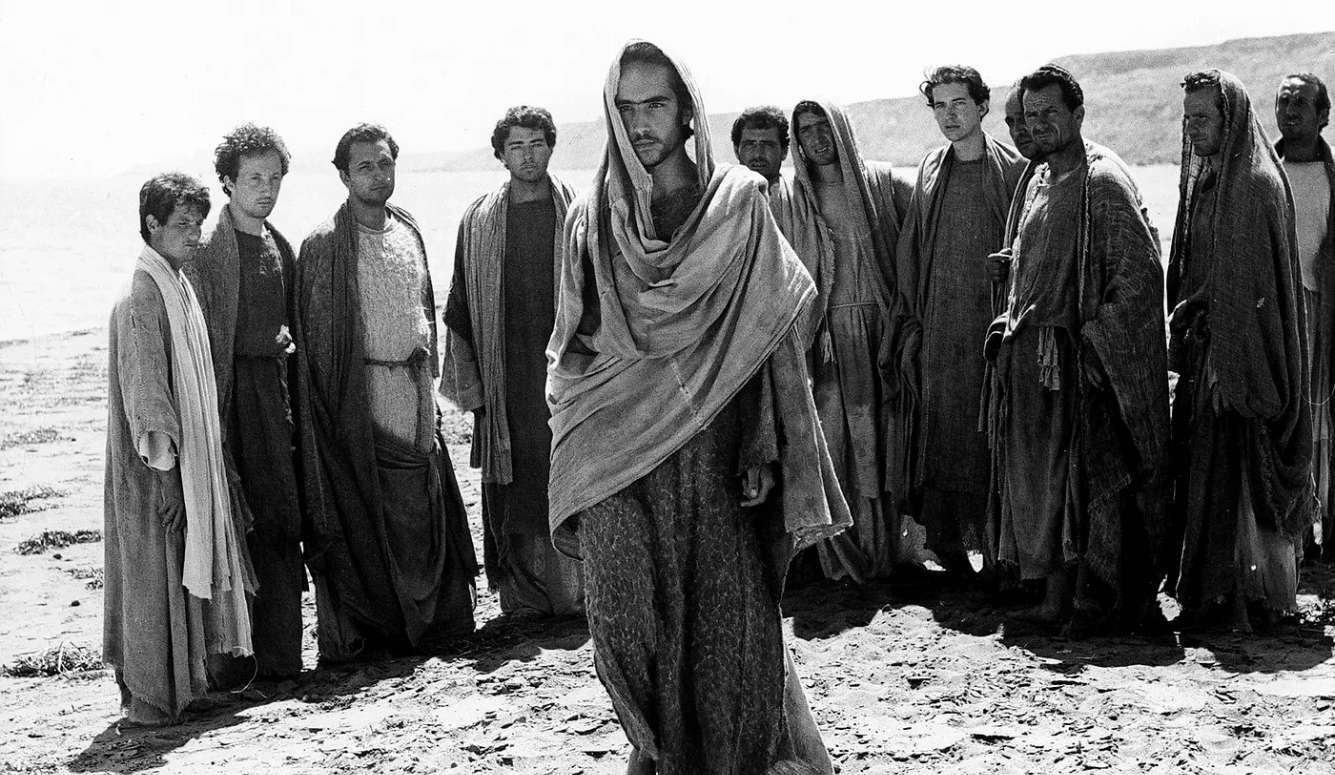Trans Issues
Is G Flip A Woman?
If we siphon off all female diversity into categories like 'non-binary' we narrow the idea of what it means to be a woman.

Georgia Flipo, better known as G Flip, is a Melbourne-born indie pop musician. She sings, she plays multiple instruments, including drums, guitar, and piano, and she won two ARIA Awards in 2023, one for best video and another for best Australian live act. In the same year, she married Chrishell Stause, star of the high-end real-estate reality TV show Selling Sunset—the pair are delightfully in love all over social media. In 2021, Flipo ‘came out’ as nonbinary, via an Instagram post.
g flip came out as non-binary and maia commented this on their post! (6/13) pic.twitter.com/2GXsLQSthY
— mxmtoon updates (@mxmupdating) June 13, 2021
According to some influential progressive commentators, that means that I’ve just been ‘misgendering’ her. I should have said ‘they won two ARIA awards’ and ‘they married.’ On this view, pronouns like ‘she’ and ‘her,’ as well as words like ‘woman’ and ‘wife,’ track a person’s gender identity, not her sex. And Flipo’s gender identity is nonbinary, which means not woman (and not man either).
In a music video released on International Non-Binary People’s Day in 2022, Flipo earnestly proclaims that nonbinary people are not a “waste of space.” Speaking to Alicia Vrajlal for Refinery29, Flipo said of the video’s all non-binary/gender fluid cast: “We all came from that same spot in our lives where we felt like a waste of space because we felt like we didn’t belong and we may have been ostracized or teased.” The lyrics include the lines
I grew up uncomfortable
Eleven years old & I wanted to die
I don’t feel like I’m a girl
Nor a boy so where do I lie
and
Look myself in the mirror
I say what the fuck are you?
Hit myself in the head now
Said it’s time to choose
They say I’m confused.
So, is Flipo confused? Presumably, she is not confused about her experience: she felt she was different from other children and that made her uncomfortable; because she wasn’t like other girls, she didn’t feel like a girl. Vrajlal reports that Flipo “would wear the boys’ uniform to school but be rejected by the other boys for being a ‘girl,’ and then isolated by the girls who said they were a ‘boy’ because of what they wore.” To be ostracized is painful. If there’s confusion here, it’s in Flipo’s interpretation of what her difference from the other children was and what it means.
It’s perfectly reasonable for Flipo to have taken things at face value. When she looked around her at school, it is likely that the girls all appeared happy with being girls, the boys all appeared happy with being boys, and then there was Flipo, stuck in the middle. She was different from everyone else. She needed a template that would help her make sense of her difference and the label ‘nonbinary’ seems, in retrospect, to provide a solution.
We don’t have to take things at face value, though. We can wonder how many of the boys and girls at Flipo’s school were really happy in their pink and blue cages, and what aspects of their personalities were being suppressed by the sometimes subtle and sometimes overt system of rewards and punishments that dictate what it means to be ‘like a girl’ or ‘like a boy.’ As Marilyn Frye puts it in her 1983 book, “The fact that there are such penalties threatened for deviations from these patterns strongly suggests that the patterns would not be there but for the threats.” Flipo was rejected by the boys and ostracised by the girls. But which other children were being rejected or ostracised, and for what deviations?
The label ‘nonbinary’ is an example of what Janice Raymond has described as an individual solution to a social problem. Flipo shouldn’t have to claim to be not a woman in order to be accepted. Society should accept that some girls want to wear so-called boys’ clothes—clothes designed to fit the male body shape, and to be worn by boys. Flipo was a tomboy, and tomboys are a normal part of female diversity. Many lesbians are tomboys when they are younger. In addition, many women fit part or all of the following description: prefer trousers, have short hair, don’t wear make up, play sports. And yet they are neither lesbians, nor tomboys, nor anything in particular.

So, why does this matter? Who cares what G Flip calls herself? She’s not particularly annoying about it, and it really seems to have helped her. Unlike so many others, she doesn’t conflate sex and gender identity, saying on 60 Minutes in November, “my sex is female but my gender I feel nonbinary.” So there can be no objection from those who think sex is important and want to resist the displacement of sex by gender identity.
There may yet be an objection from those who think that gender is not the same thing as gender identity: the second-wave feminists took the ‘gender’ in the sex/gender distinction to be something socially imposed on the basis of sex, either femininity imposed on the basis of femaleness, or masculinity imposed on the basis of maleness. If that’s what gender is, it’s hard to see what it could mean to say that Flipo’s ‘gender’ is ‘nonbinary,’ or how it would be relevant in answering a question about gender to talk about how she feels. What matters in this conception is not how one feels, but how one has been treated: how one has been encouraged to conform to the expectations of one’s sex. But still, this could be resolved by making a distinction between gender and gender identity. Flipo could agree that she’s female, agree that she’s been subject to rewards and sanctions designed to enculturate her into femininity and discourage her from masculinity, and still say that her gender identity is ‘nonbinary.’
The other reason why it might matter is linked to the idea of being a woman (or girl), and the appropriate use of woman-linked concepts like ‘wife’ and pronouns like ‘she’ and ‘her.’ Feminists have often argued that there is nothing more, and nothing less, to being a woman than being female. To be a woman, you don’t have to be for sex, or for having children, or for domestic duties. You do not have to be pretty, or be warm and kind to men. You are not for anything, and you can be whatever you like! If you want to be a childless celibate mathematician who spends all day every day in a brown plaid suit with greasy unwashed hair being rude to anyone who speaks to you, go for it! None of that makes you not a woman. If we siphon off all diversity into other categories, we narrow the idea of being a woman, and that causes more women to feel like Flipo felt when she was at school—different, a “waste of space.”
Flipo’s own aesthetic is interesting in this regard. While she claims to be nonbinary, and therefore not a woman by definition, Flipo does not eschew femininity. She has long, dirty-blonde hair, and wears make-up. In at least one of her music videos—singing to her wife, Chrishell (who was dating men before the two met)—“I’m not what you planned/I’ll be your man”—she appears in some scenes with a hyperfeminine presentation.
She has also posted pictures of herself on Instagram that are both hyperfeminine and hypersexualised.
(Although, in both cases, this was playful: the Instagram photo was of a Halloween costume). But if Flipo does not tie the idea of ‘woman’ to femininity (and therefore ‘not woman’ to the rejection of femininity), it is hard to see why she needs the label ‘nonbinary.’ I don’t tie ‘woman’ to femininity myself: I think a woman is an adult human female, no matter what she wears or how she behaves. So, what exactly does ‘woman’ mean to Flipo, and what makes her sure that she is not that?
In this reel, Flipo appears to have picked a tomboy girl out of the audience to celebrate onstage at one of her concerts.
Did she assume that because the girl was wearing shorts and a baseball cap she was nonbinary, like Flipo? In interviews, she has stressed that “representation matters.” I hope she has also considered that lesbian and tomboy representation matter; that representation of the many different ways one can be a woman matters. Flipo doesn’t need to be Stause’s ‘man.’ A photograph of the two of them together on the red carpet, Stause in a gown and Flipo in a suit, is more powerful, not less, as a representation of the diversity of ways to be a woman than any claim that Flipo is not a woman could ever be.






